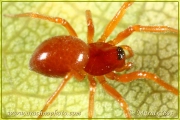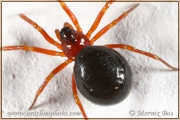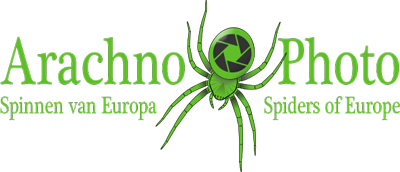This family consists of over 1,200 species, and therefore it is the most diverse (omnifarious) spider family of Europe. More than half of the family consists of species of the subfamily Erigoninae (Dwarf Spiders). Linyphiidae create tightly woven hammock webs, which are particularly visible in the early morning because of the deposition of dew.
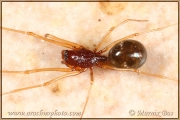
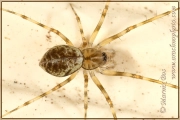
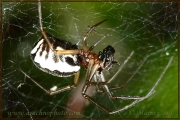
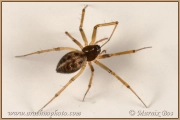
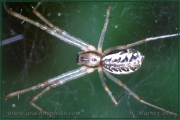
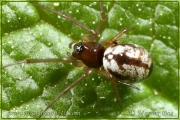
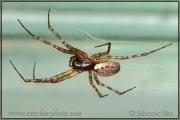
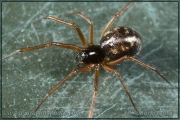
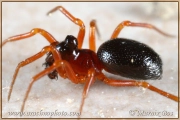
Genus Cresmatoneta
The spiders of this genus have a remarkably long petiolus between the carapace and the abdomen. The legs, except pair of legs III, are remarkably long and when relaxed, the spider stretches them to the front and to the back.
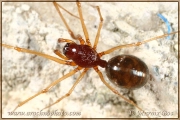
Genus Drapetisca
These spiders live on the bark of trees. Here they build very fine and small vertical webs, which are almost impossible to see. They use them to catch small insects crawling on the bark. Only one species occurs in Europe.
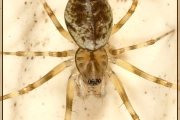
Genus Frontinellina
The abdomen of the species belonging to this genus has a raised and blunt backside. They build a distinctive hammock web in bushes. The web consists of a second layer, below the first one, which is woven more loosely. The spider sits between these two webs.
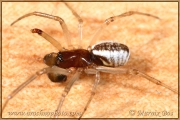
Genus Lepthyphantes
Lepthyphantes is by far the largest genus of Linyphiidae. These are very common spiders that build a characteristic hammock-shaped web which can be quite extensive. The size of this web depends on the species and the amount of space available.
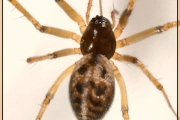
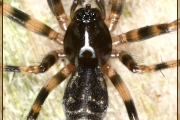
Genus Linyphia
Only four species of this genus occur in Europe. A number of species that was previously considered to be part of Linyphia, has later been assigned to the genera Neriene, Frontinellina and Microlinyphia. These spiders, as well as the species of the other genera, build a characteristic hammock-shaped web and are very common.
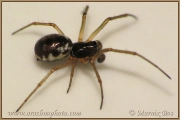
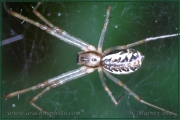
Genus Microlinyphia
The males of this genus have a dark brown or black tubular-shaped abdomen and are distinct from the other genera by the strikingly large round embolus on the palps. These spiders build a characteristic hammock-shaped web and are quite common.
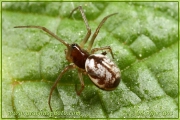
Genus Neriene
Neriene is sometimes considered a subgenus of Linyphia. These spiders build a characteristic hammock-shaped web which can be quite extensive, as with Lepthyphantes.
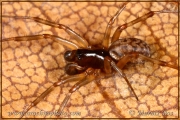
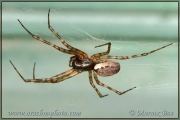
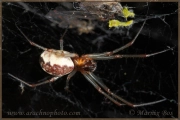
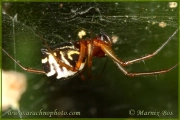
Genus Tenuiphantes
These small to medium sized spiders formerly belonged to the genus Lepthyphantes. Therefore they are closely related to these species.
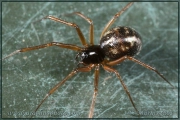
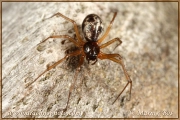
Subfamily Erigoninae (Dwarf spiders)
The Erigoninae was formerly known as a separate family, but nowadays this group is considered a subfamily of the Linyphiidae family. The males of most species have an oddly shaped or protruded carapace. The function of this shape is not clear in most of the cases, but in some species it is used by the female to hold on to the male during mating. About 250 species can be found in Europe, which are difficult to distinguish from each other.
